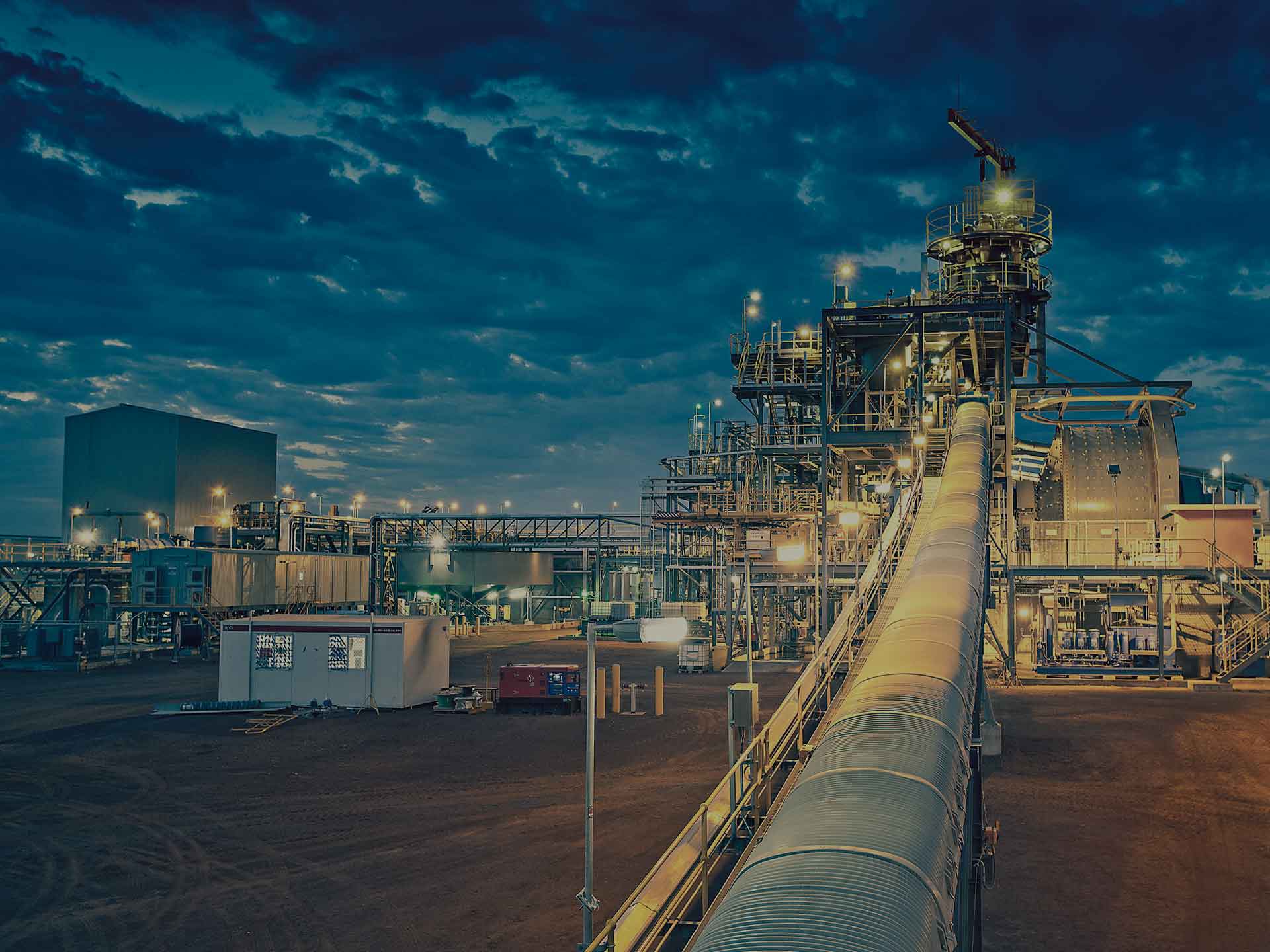Summary
The project seeks to develop innovative technologies that can reduce the capital cost of electrochemical synthesis of green ammonia.
Need
This project was selected as part of the competitive Hydrogen R&D Funding Round under the Transformative Research Accelerating Commercialisation (TRAC) Program to rapidly develop the critical technologies required to build a clean, innovative, safe, and competitive hydrogen industry and position Australia as a major player globally. While hydrogen technologies and targets have continued to evolve, R&D investment remains a critical imperative to commercialise clean hydrogen. Projects supported by the Hydrogen R&D Funding Round seek to progress the commercialisation of low cost, clean hydrogen in Australia.
Jupiter Ionics’ electrochemical ammonia synthesis technology focuses on the production of Green Ammonia, which is recognised as an important derivative of Hydrogen and a potential vector for efficient Hydrogen transport. Successful commercialisation of Jupiter Ionics’ technology can therefore play an important role in fostering the overall development of the hydrogen sector in Australia.
Action
The Recipient intends to commercialise a new pathway to the commercial synthesis of renewable ammonia electrochemically using the Macfarlane Simonov Ammonia Cell (MSA Cell) (the Project). The Project, supported by Monash University, will accelerate the development of the electrochemical synthesis technology, focusing on improving its cost competitiveness, and in so doing support the scale up of the MSA Cell. The research activities will decrease the cost of ammonia production by exploring improvements to the in-cell membrane, the ammonia separation process, and the overall cell geometry. The target is to achieve improved performance as measured by capital cost per kW of capacity.
Outcome
The objectives for the Project will be achieved through the following Outcomes:
- accelerated commercialisation of renewable hydrogen through innovative R&D in hydrogen production technologies;
- increased academic research capacity in the Australian hydrogen sector, and the facilitation of collaboration between research groups and industry;
- improvement in the technology readiness and commercial readiness of hydrogen production technologies;
- further developed capabilities in electrochemical nitrogen conversion, an alternative method for green ammonia production which can be used as a hydrogen carrier; and
- reduced cost of green ammonia production through developments in membrane technology, ammonia separation processes, and cell geometry (a targeted 20-40% reduction in overall capital cost).






